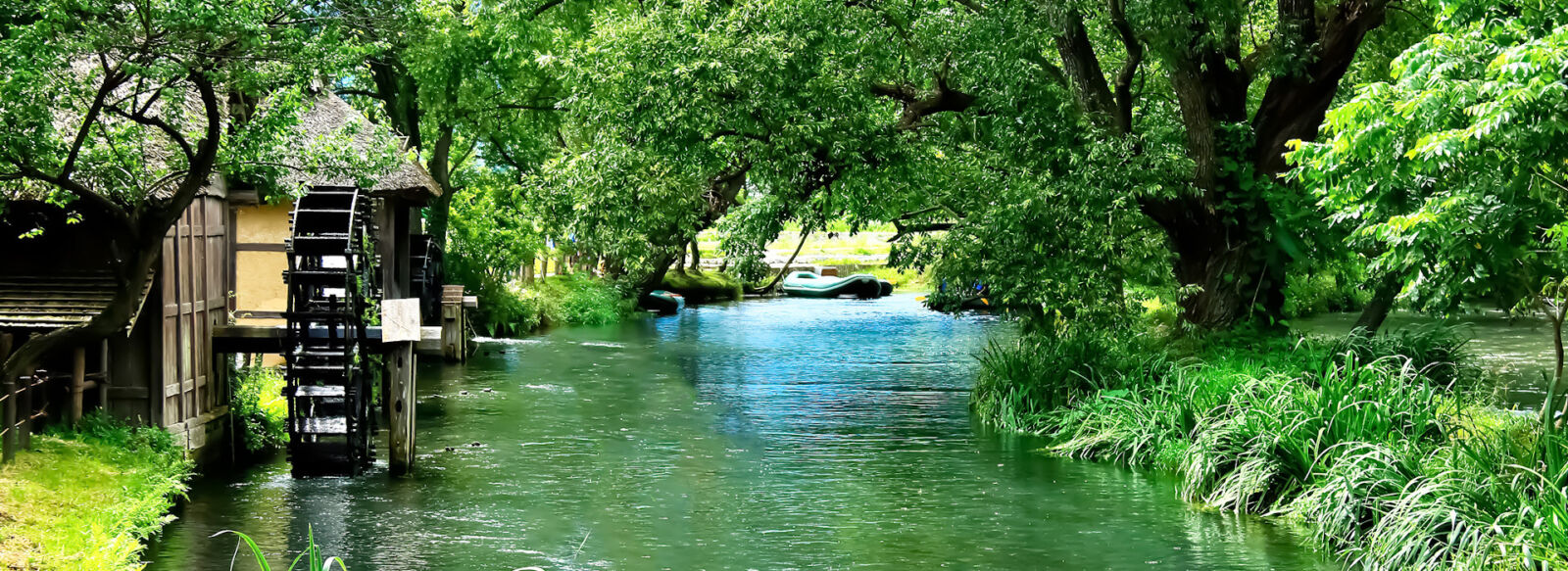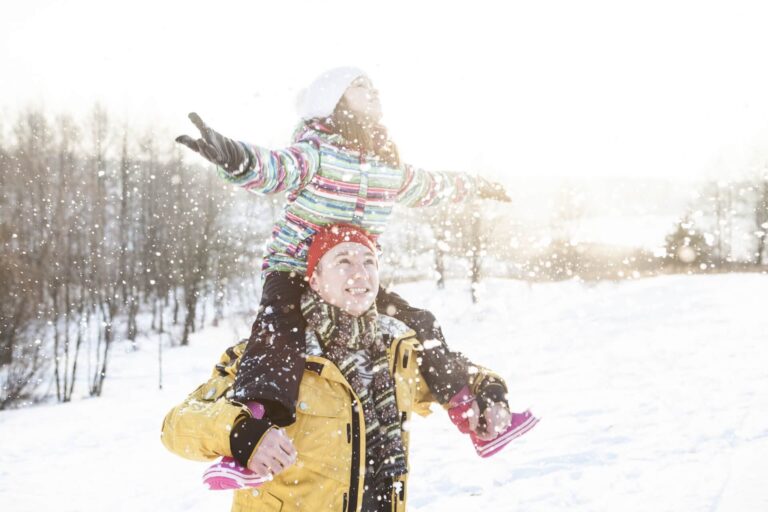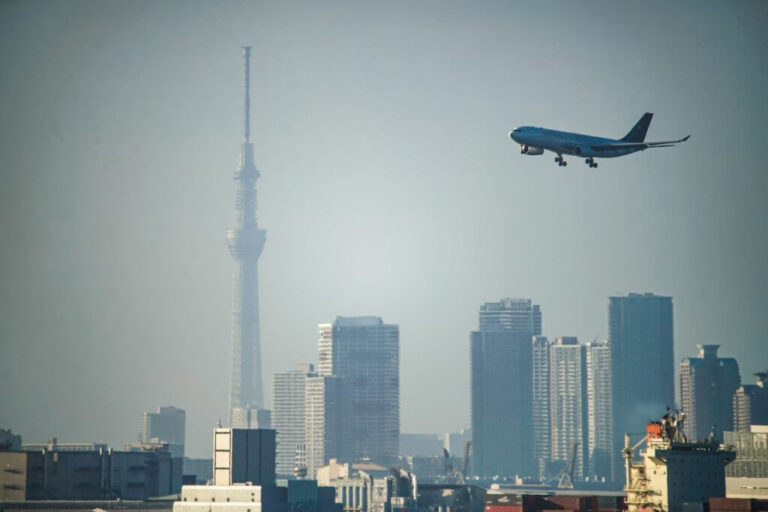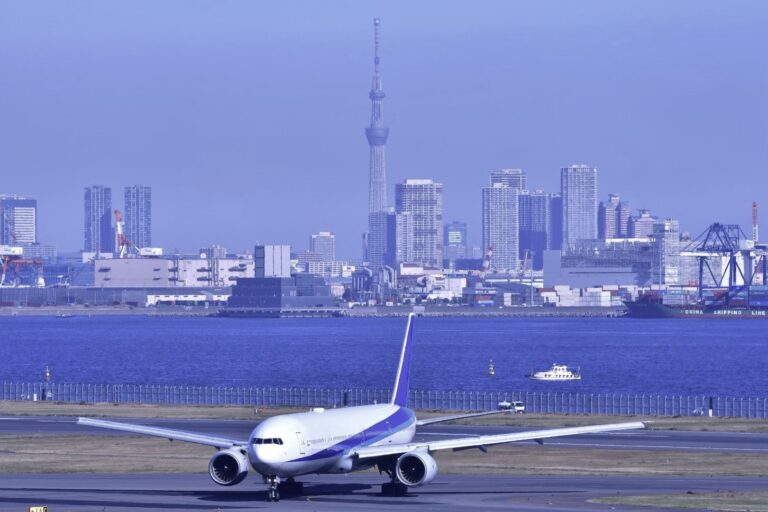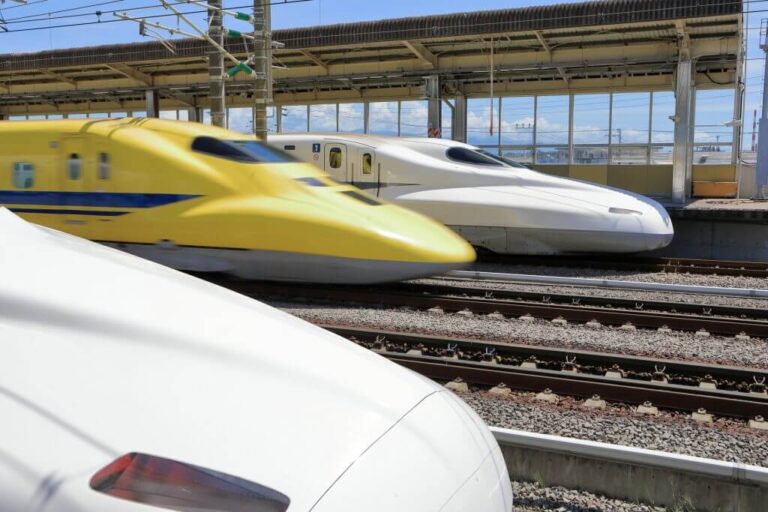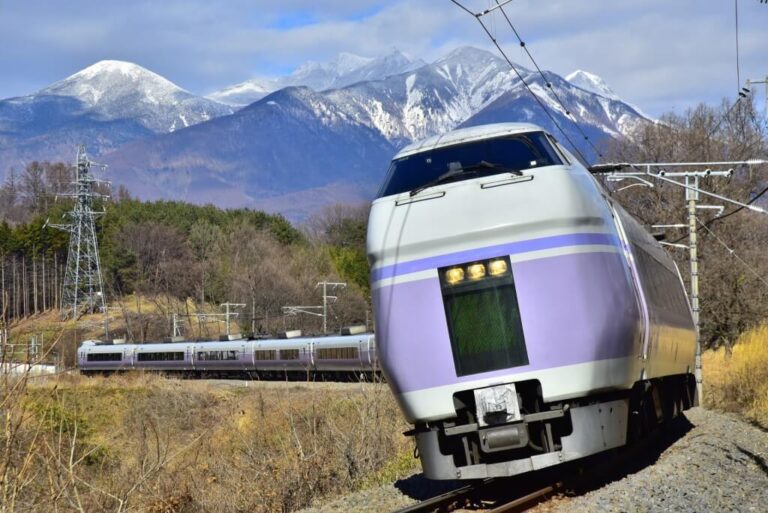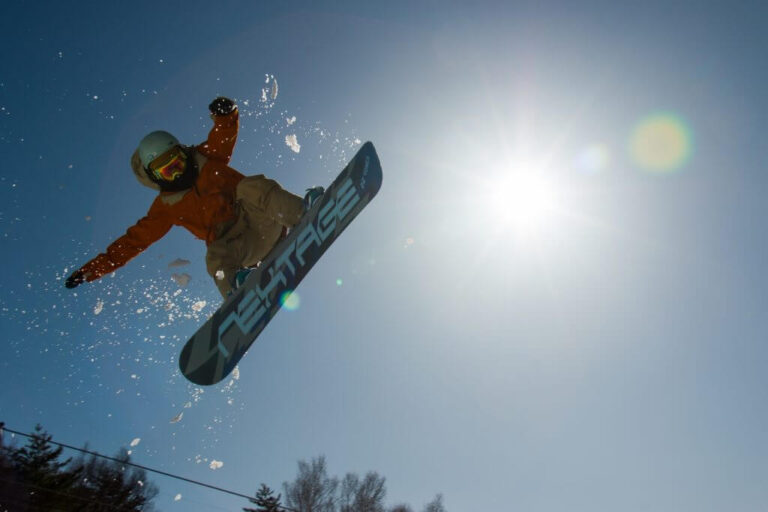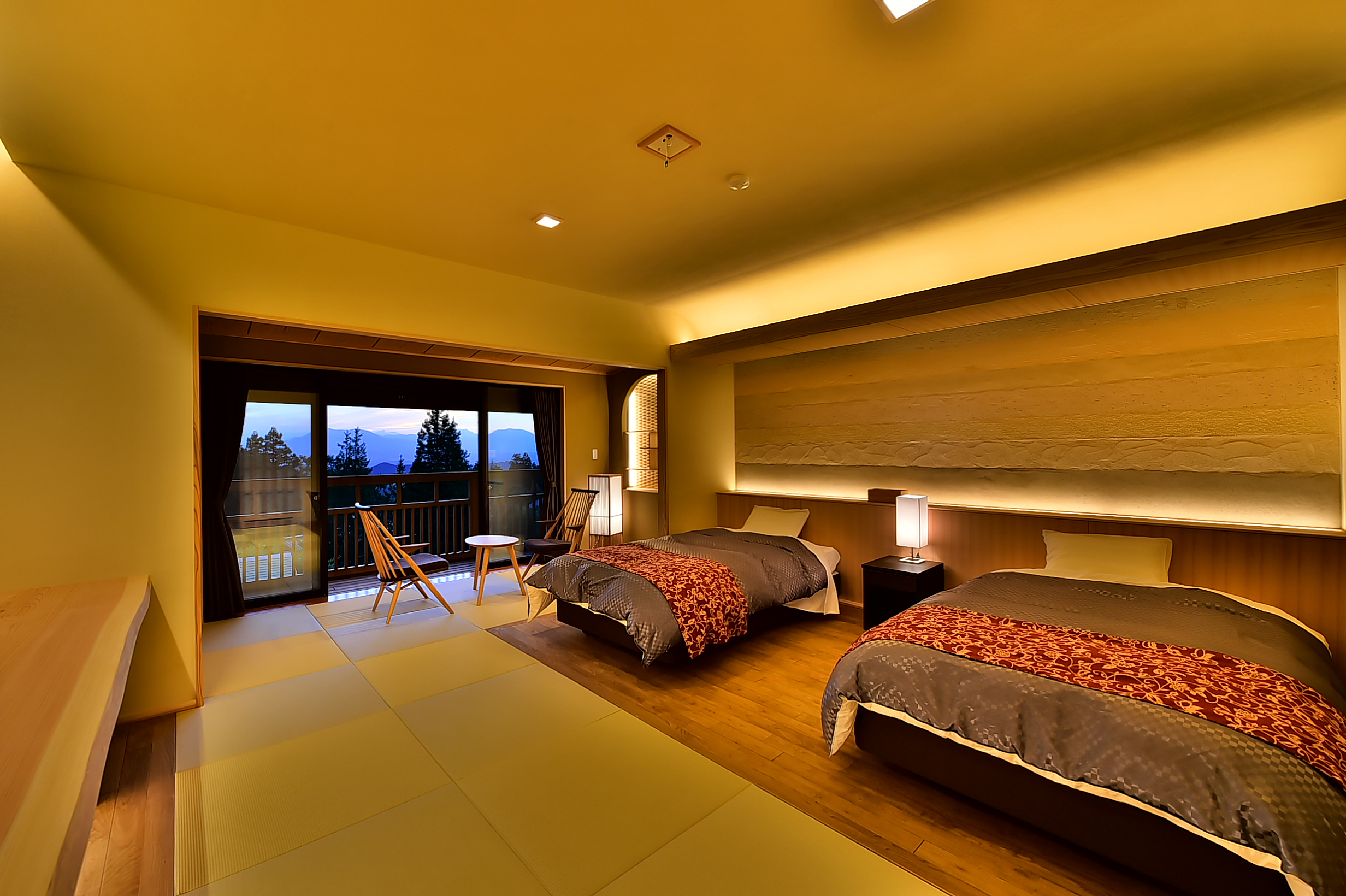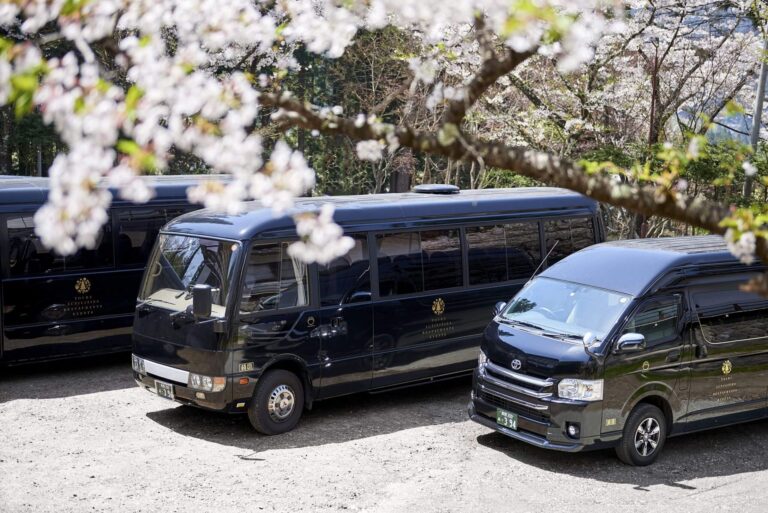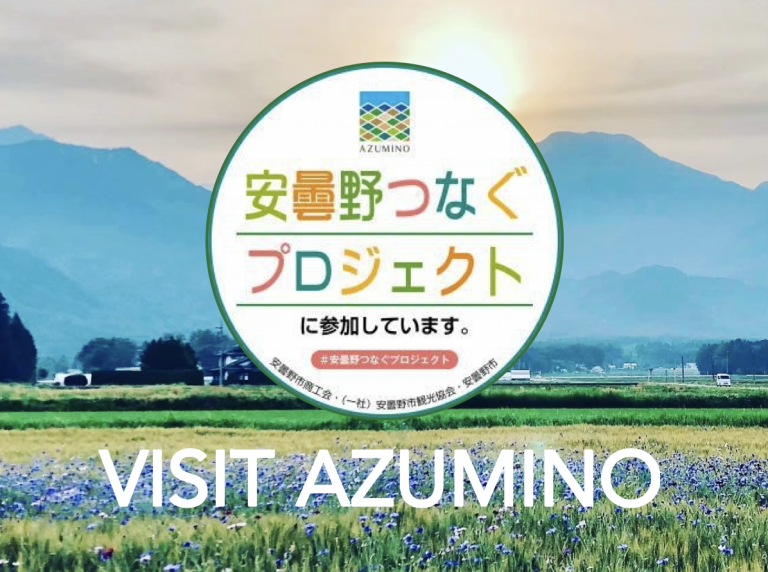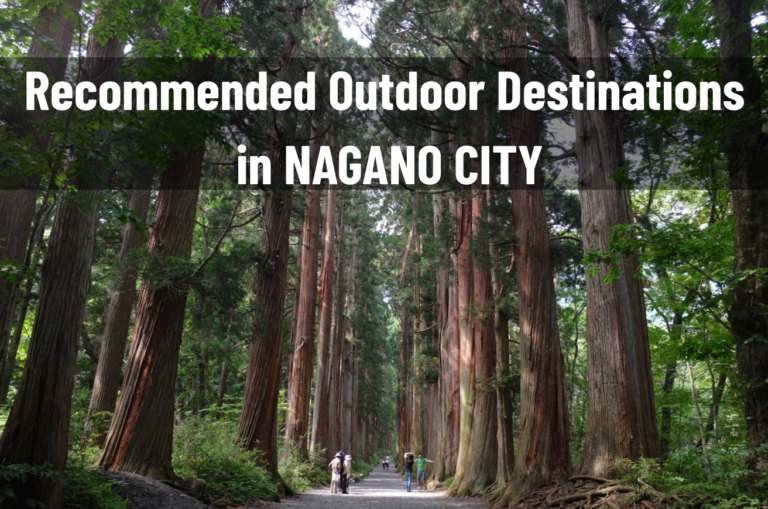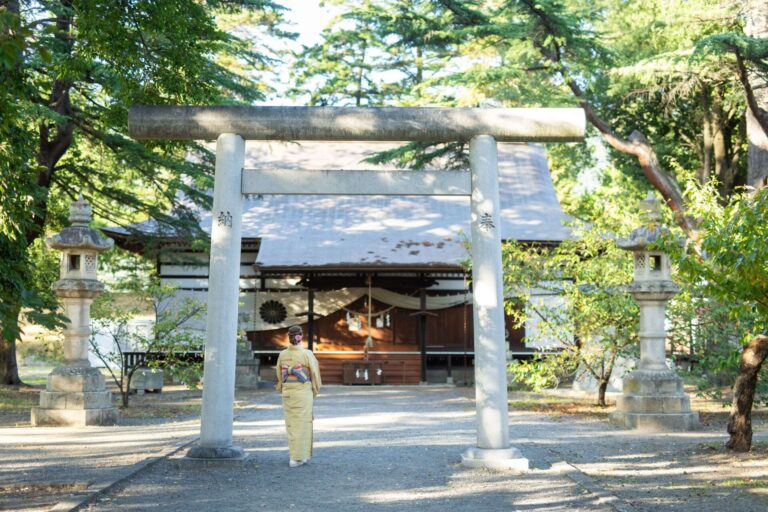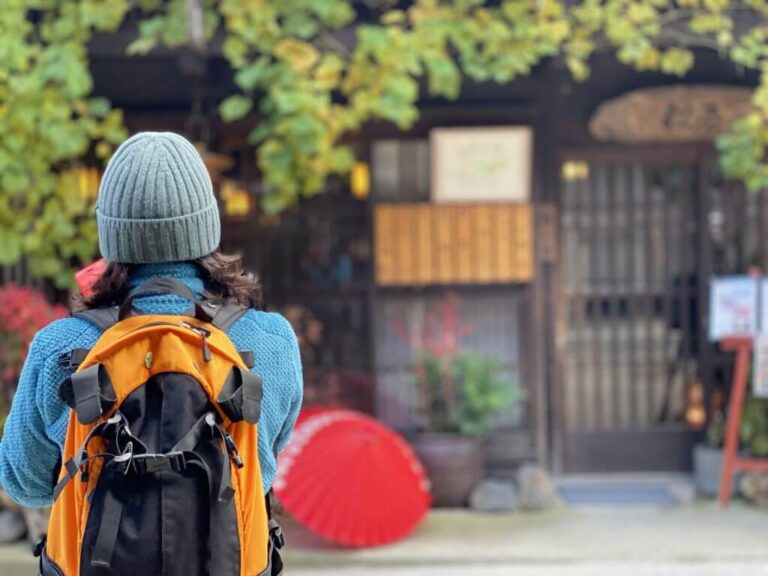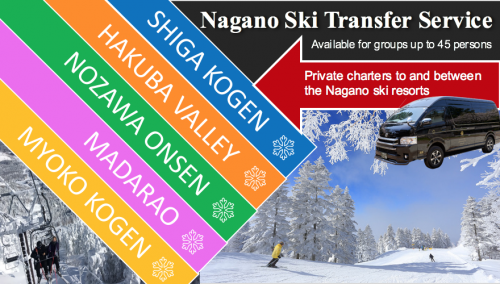Discover Central Japan
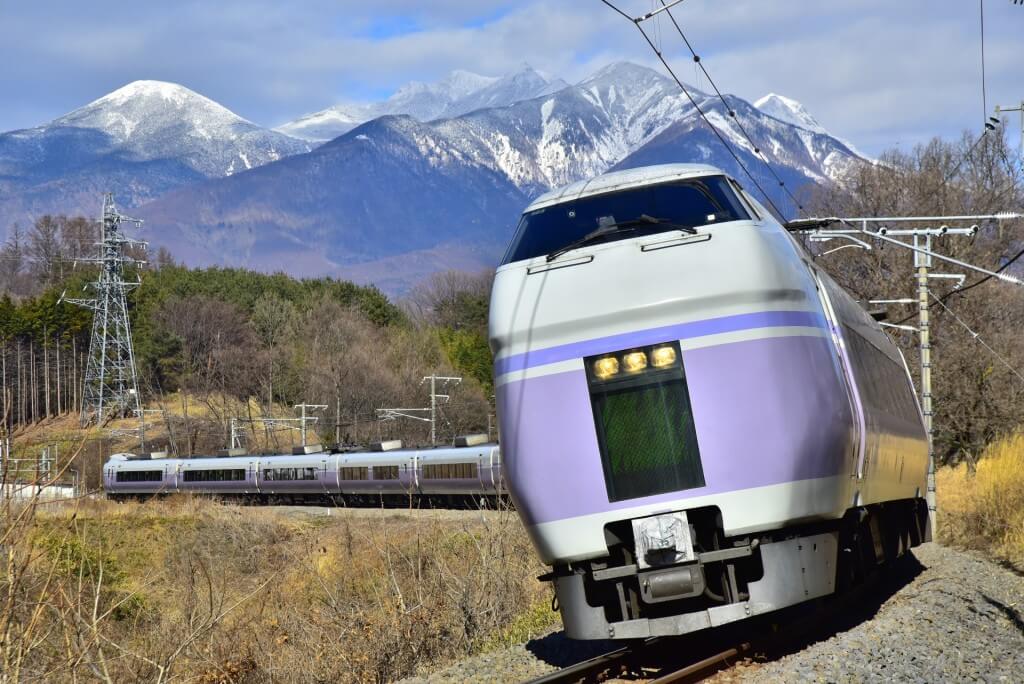
The various regions of Japan can be divided in many ways and grouped with other areas, in what ultimately can be a confusing array of names – particularly for first-time visitors. Most commonly, you will hear the regions of Japan referred by their prefectural names – of which there are 47. While some including Tokyo, Kyoto and Nagano will be immediately familiar to international visitors, many are not, making their use confusing when trying to get your head around the geography of Japan.
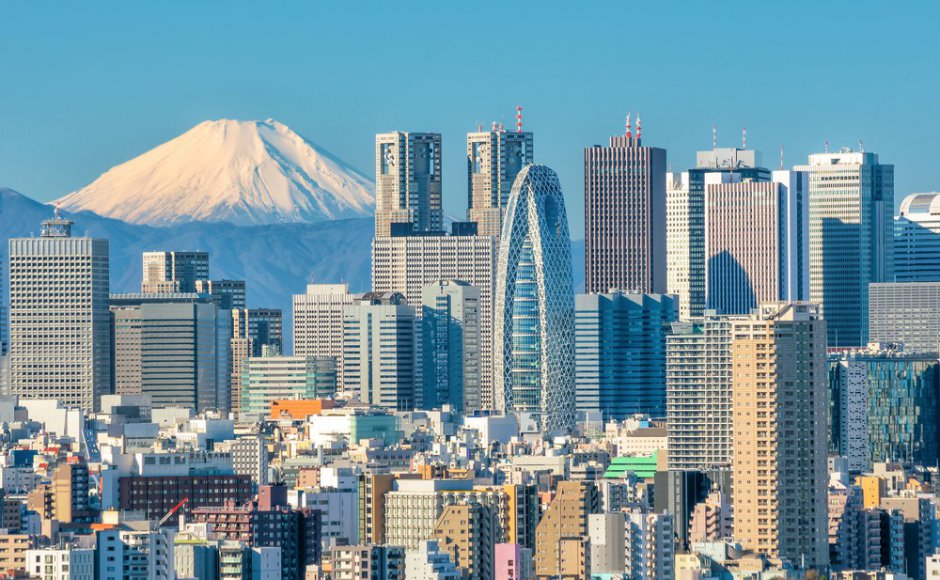
To make things easier, the 47 prefectures can be grouped into 8 regions including Chubu (consisting of 9 prefectures), Kanto (7), Tohoku (6), Hokkaido (1), Kansai (7), Chugoku (5), Shikoku (4) and Kyushu (8 including Okinawa).
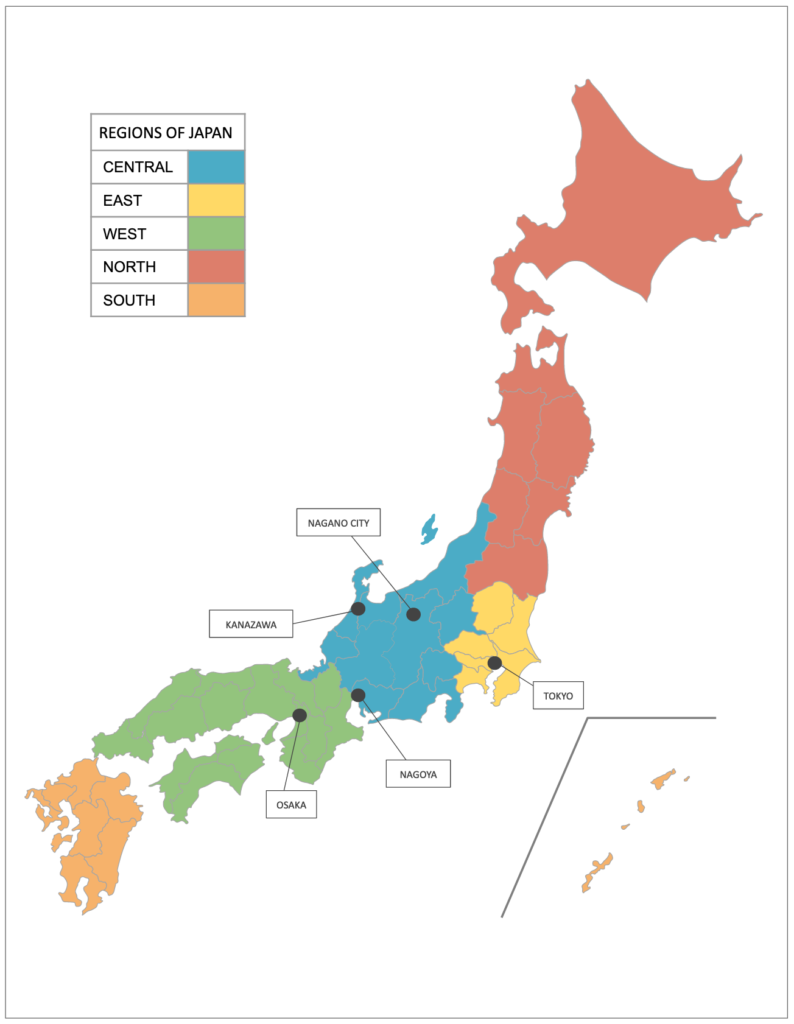
But even then, the names can be hard to remember so let’s make it even easier and divide the 8 regions into Central, East, West, North and South Japan. Nagano is located in the heart of Central Japan, so let’s start there:
Central Japan
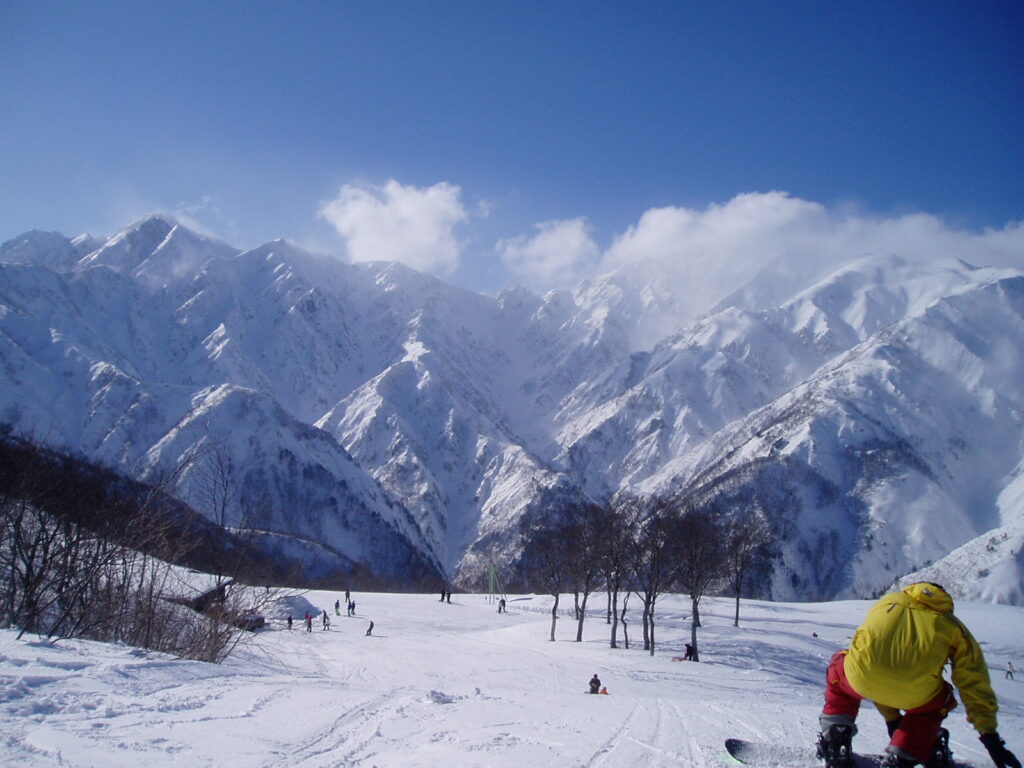
Also referred to as Chubu, Central Japan is our home and includes the following prefectures: Nagano, Niigata, Gifu, Toyama, Aichi, Shizuoka, Yamanishi, Fukui, and Ishikawa Prefectures. Though not considered part of Chubu, we also consider Gunma Prefecture as part of Central Japan – due to its proximity bordering Nagano and similar character as a place of mountains, forests, snow and onsen.
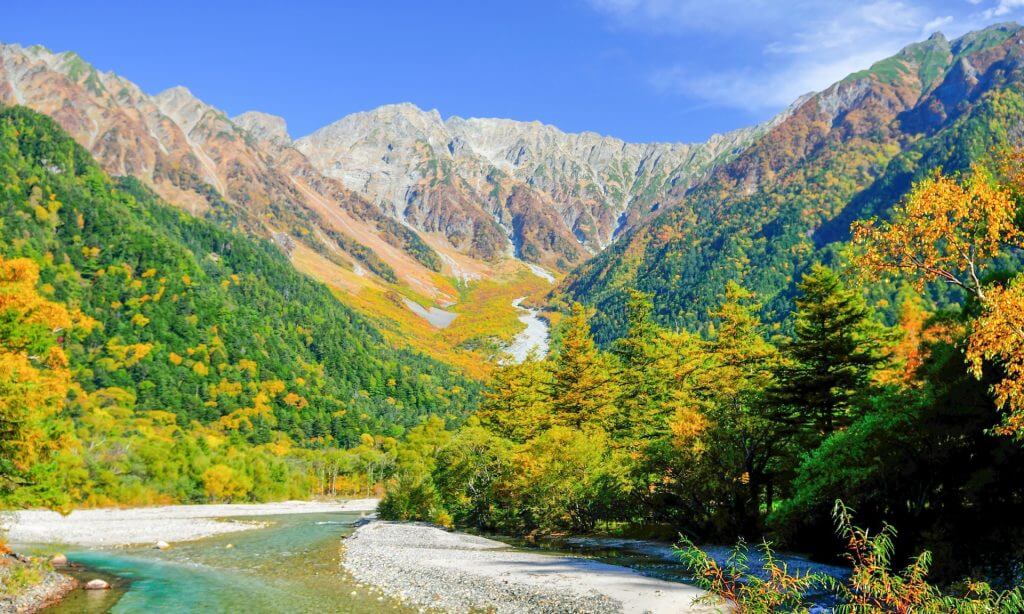
Central Japan includes the major cities of Nagano, Matsumoto, Toyama, Kanazawa and Nagoya and is known for its abundant nature and stunning beauty.
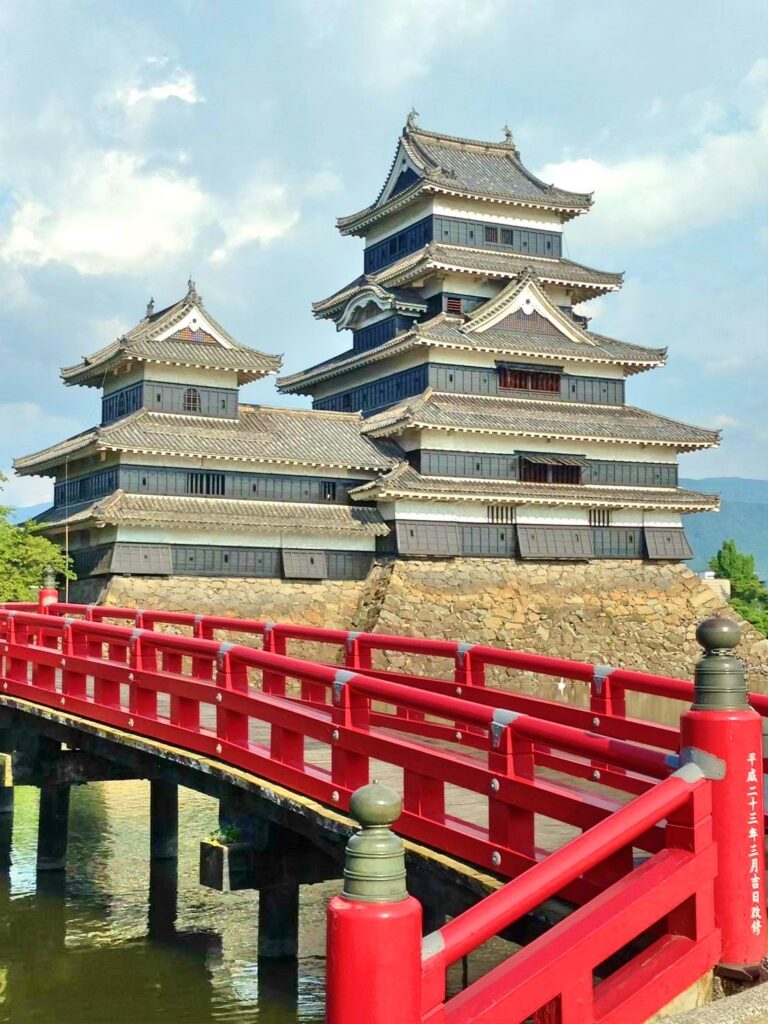
Home to the majority of Japan’s tallest mountains – offering world-class skiing and snowboarding in winter and an array of outdoor adventures in spring, summer and autumn – Central Japan is readily accessible from the major metropolises but in every other regard, is a world away from the hustle and hassle of the cities.
East Japan
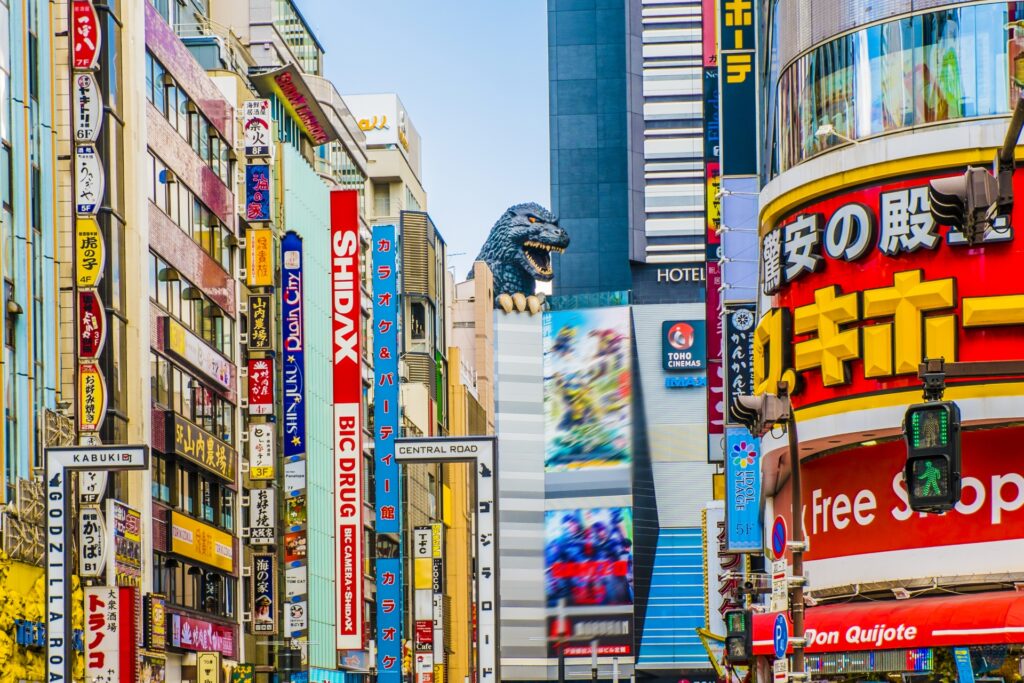
East Japan includes the Kanto region – basically, the area to the immediate east of Central Japan. Japan’s political and financial power is concentrated in the cities – Tokyo, Yokohoma, Chiba, Saitama and Kanagawa – of East Japan. For many visitors, East Japan will be their point of entry or departure and take-up a lot of their time while here. Endlessly fascinating, you could spend a lifetime exploring Tokyo and its surroundings – just make sure you leave enough time for everything else Japan has to offer.
West Japan
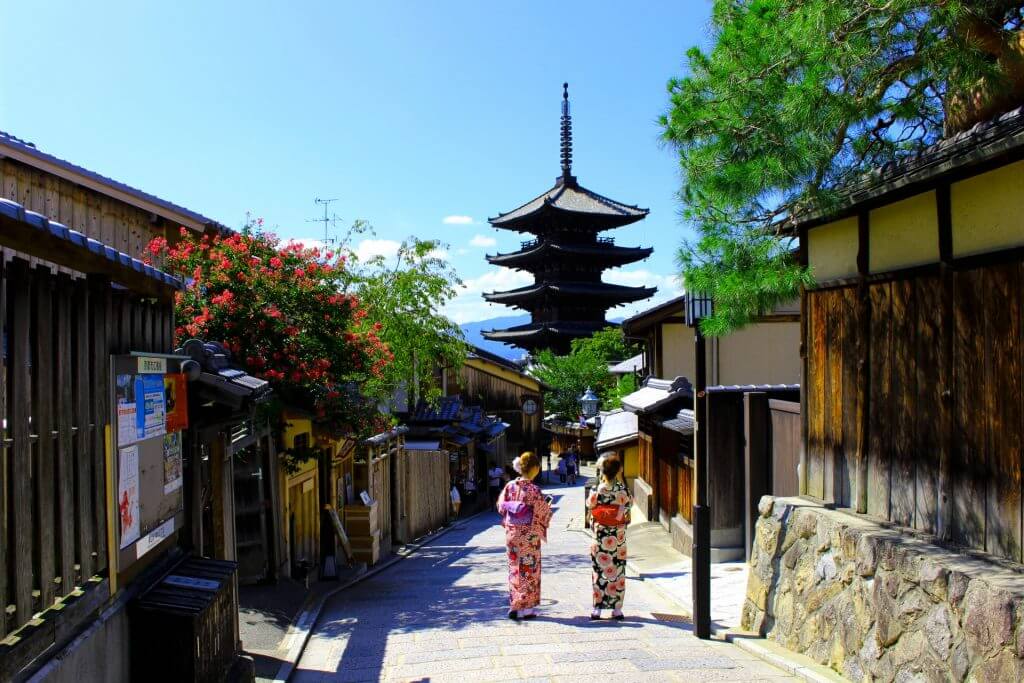
Made-up of the regions of Kansai, Shikoku, and Chugoku, West Japan includes the popular destinations of Kyoto, Osaka, Nara and Hiroshima. West Japan is characterised by its warmer climate and open, friendly and mercantile nature of its people.
North Japan
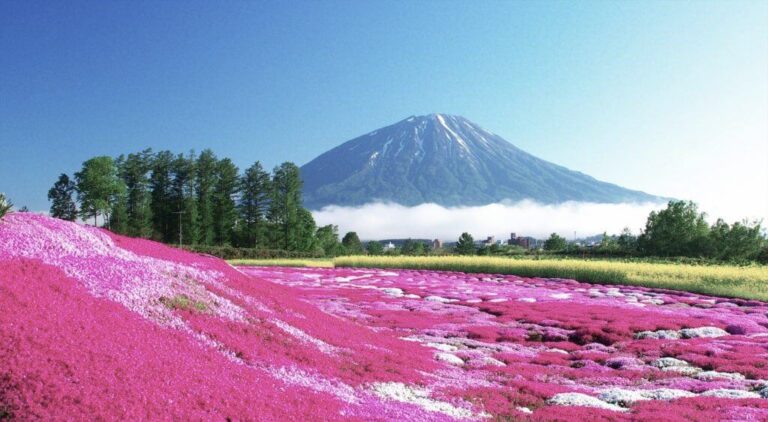
Making-up the top portion of Japan’s main island, Tohoku is a beautiful, sparely-populated region and when combined with the Hokkaido – Japan’s large northern island – you have the grouping of North Japan. The recent extension of the shinkansen means that even Hokkaido can be reached using the high-speed train network. Geographically isolated and culturally distinct, Hokkaido feels somewhat remote and different to the rest of Japan, with only one major city – Sapporo.
South Japan
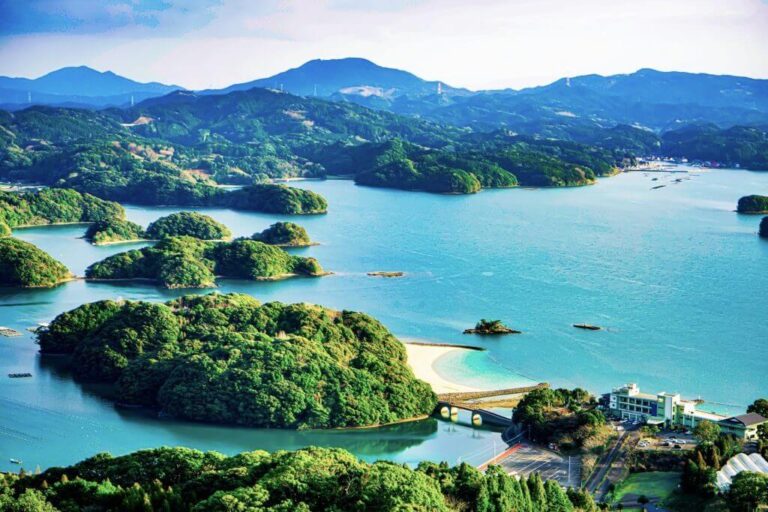
Finally, the southern region of Kyushu and distant islands of Okinawa – located approximately half-way between the Japanese main islands and the Philippines – make-up South Japan. Kyushu enjoys a sub-tropical climate and is home to cities including Fukuoka, Kagoshima and Nagasaki. Known for their beautiful beaches and relaxed lifestyles, Kyushu and Okinawa are often grouped together. Kyushu can be reached using the shinkansen however travelers heading to Okinawa will need to do so by air or sea.
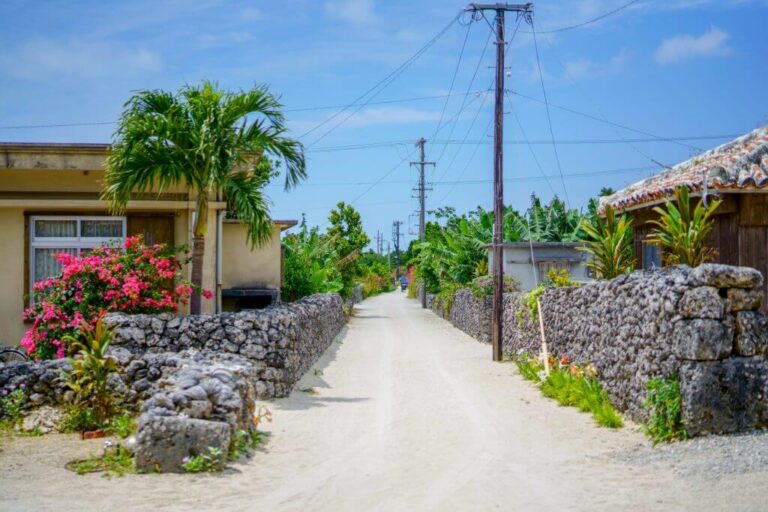
Once a separate kingdom called ‘Ryuku’, Okinawans are proud of their heritage and beautiful home – a region which due to its isolation from the main islands, feels like a different country.
Central Japan: exploring Japan’s mountainous heartland
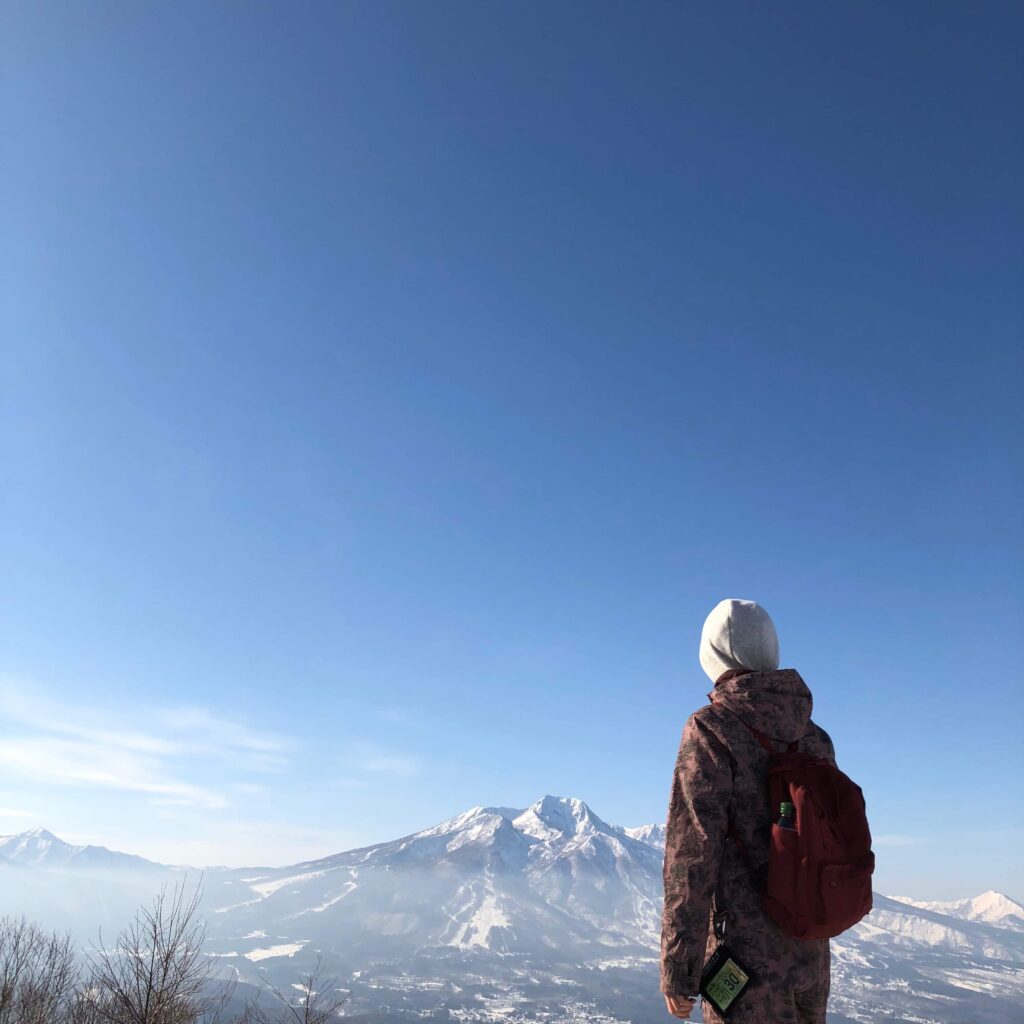
Based in Nagano City, we are proud to call Nagano and Central Japan our home. The term Central Japan can basically be used interchangeably with the regional name of Chubu, noting one important difference.
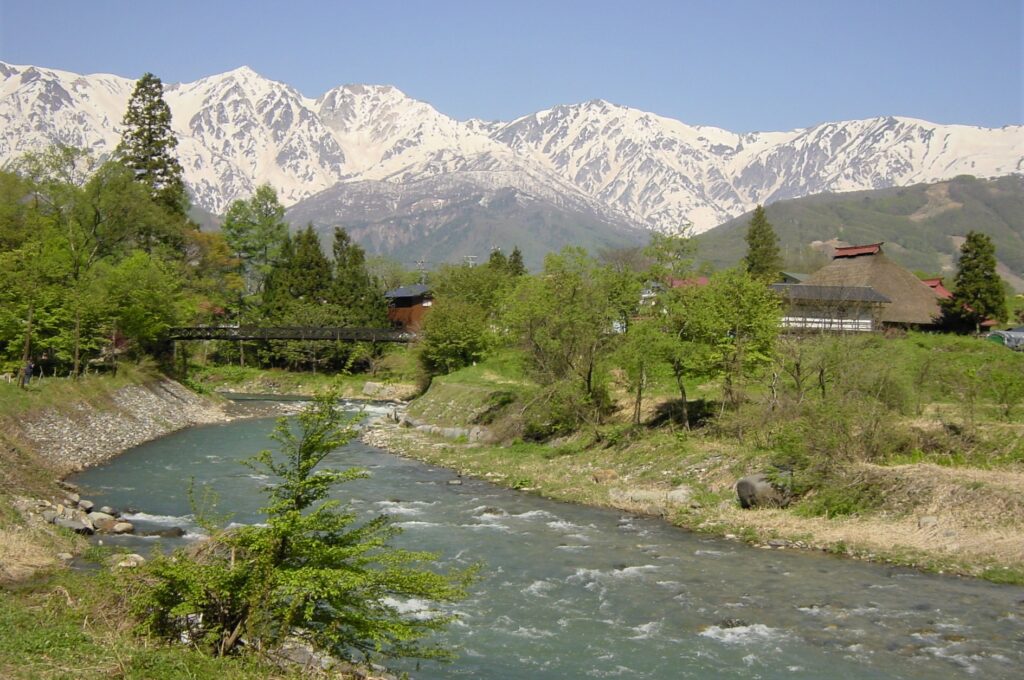
Central Japan includes the following ten prefectures: Nagano / Niigata / Gifu / Toyama / Aichi/ Shizuoka / Yamanishi / Fukui /Ishikawa / Gunma*
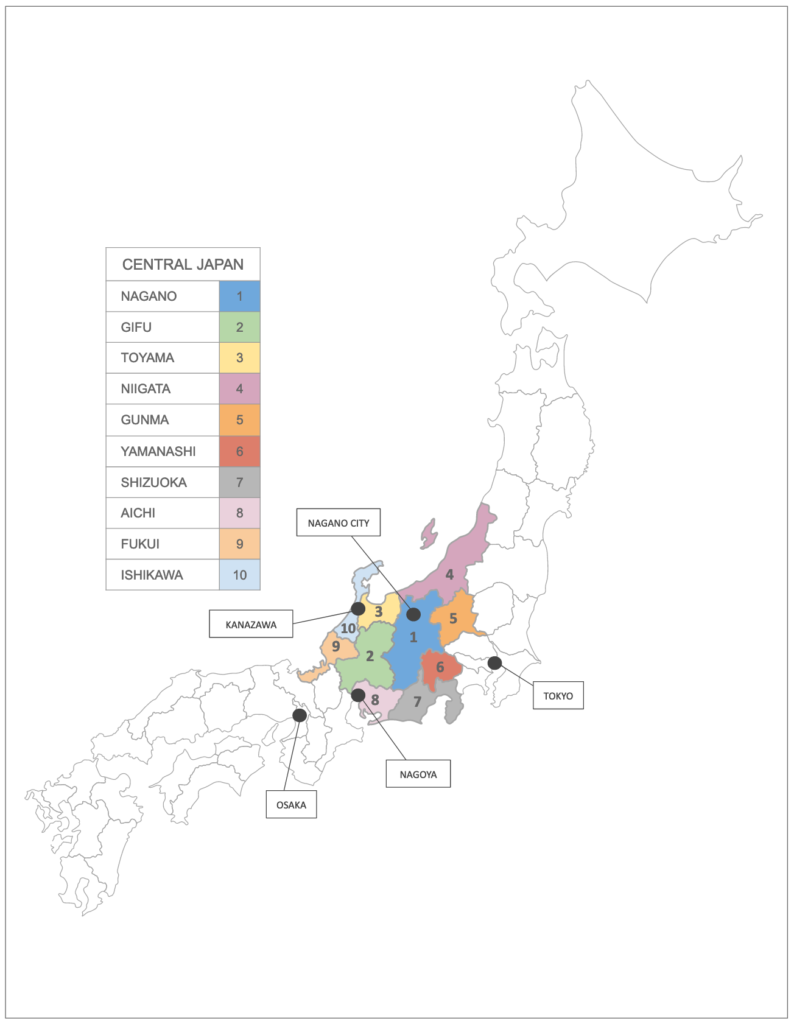
*We include Gunma Prefecture – actually part of the Kanto region, not Chubu – within our description of Central Japan. We do so given that its character – a place of mountains, forests, snow and onsen – is consistent with those of the prefectures of Chubu, and many visitors include destinations in Gunma as part of their travels in Central Japan.
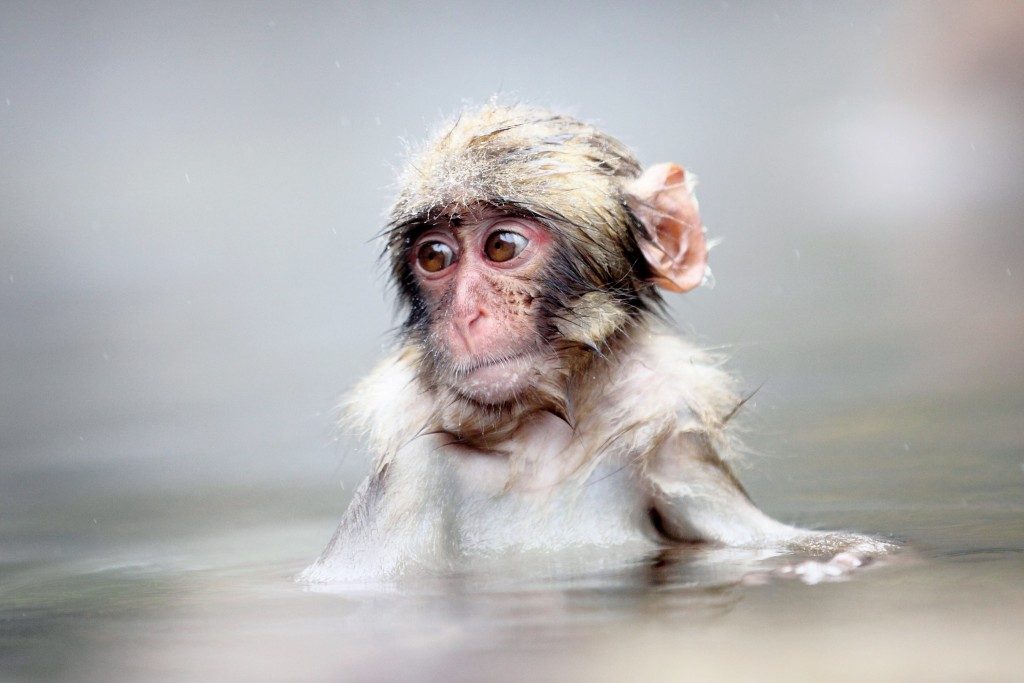
From Tokyo Station, Central Japan is readily accessible using the following shinkansen lines: 1. the Hokuriku Shinkansen bound for Kanazawa via Nagano Station; 2. the Joestsu Shinkansen Line bound for Niigata; and 3. the Tokaido Shinkasen Line bound for Osaka and Kyoto via Nagoya Station.
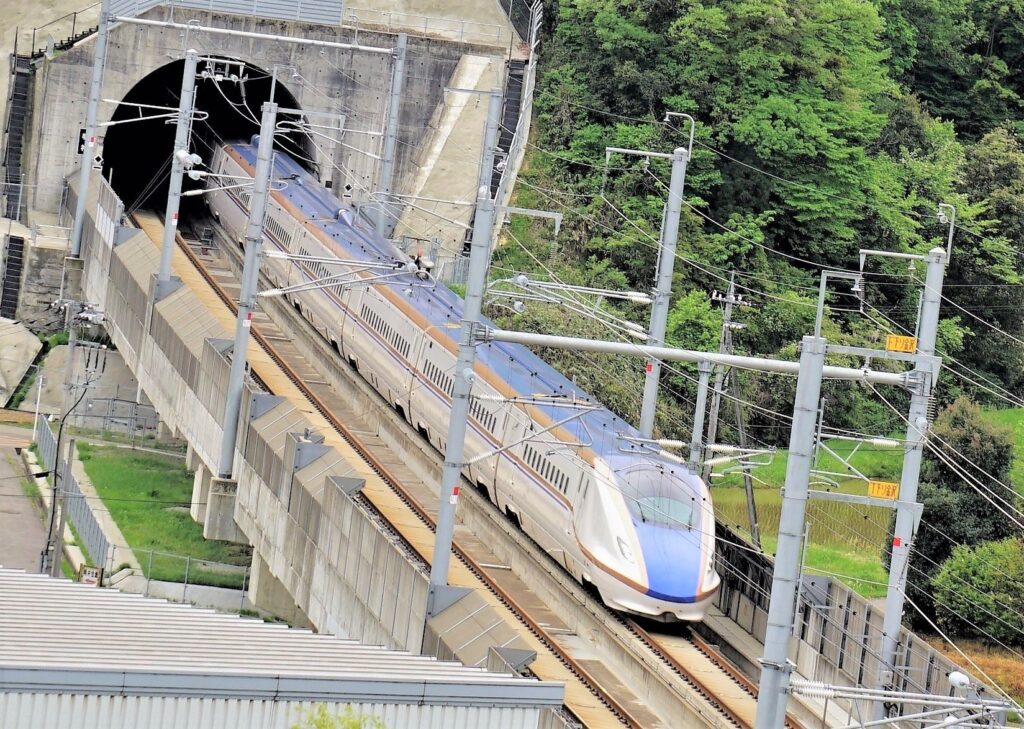
From Osaka and Kyoto: 1. the Tokaido Shinkansen will carry you to Nagoya – where you can transfer to other lines to explore Central Japan; or 2. the Thunderbird rapid service will transport you to Kanazawa Station via Fukui, another great destination and launching point from which to explore the region.
Visit Central Japan: 10 things waiting to be discovered
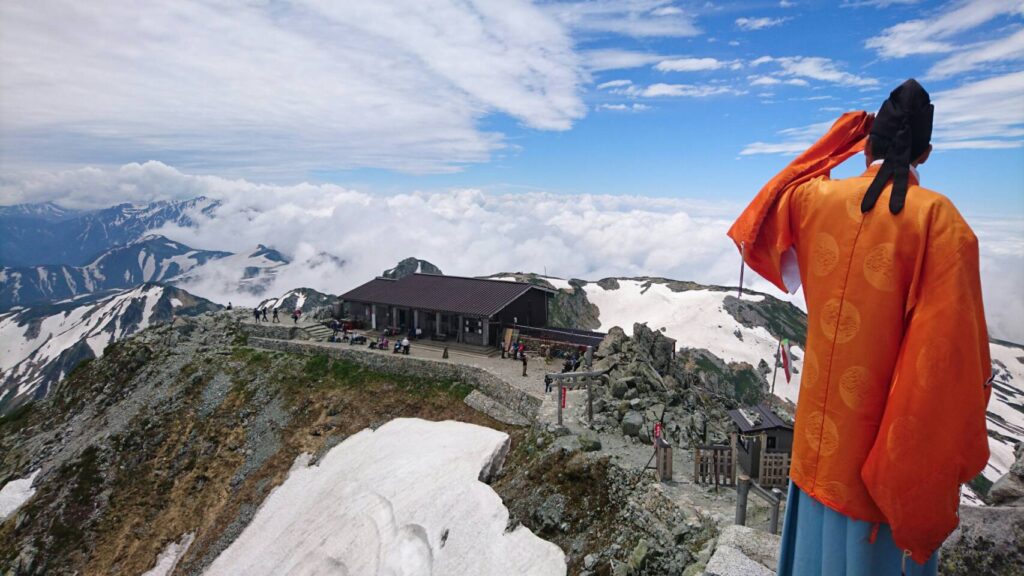
As a region known for its pristine natural landscapes, abundant farmlands and outdoor activities, Central Japan offers escape and relaxation, faraway from the congestion, hassle and hum of the large cities.
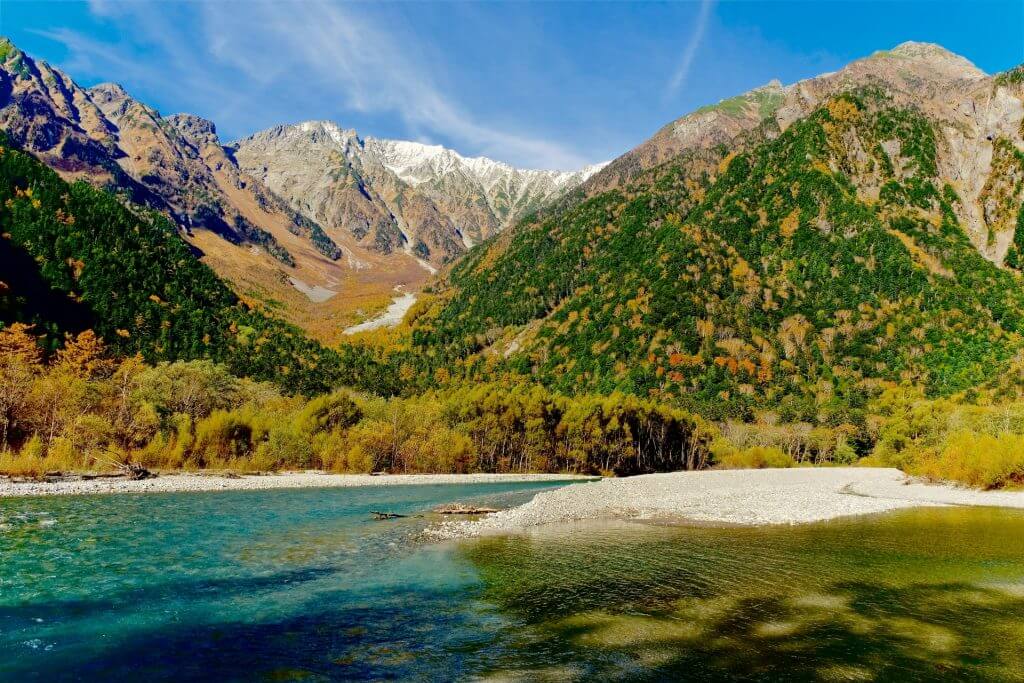
Here are 10 things waiting to be discovered when you visit:
1 / Japan’s tallest mountains
As Japan’s tallest and most iconic mountain, Mt Fuji sits approximately 2 hours outside of Tokyo – a beacon drawing you into the Central Japan.
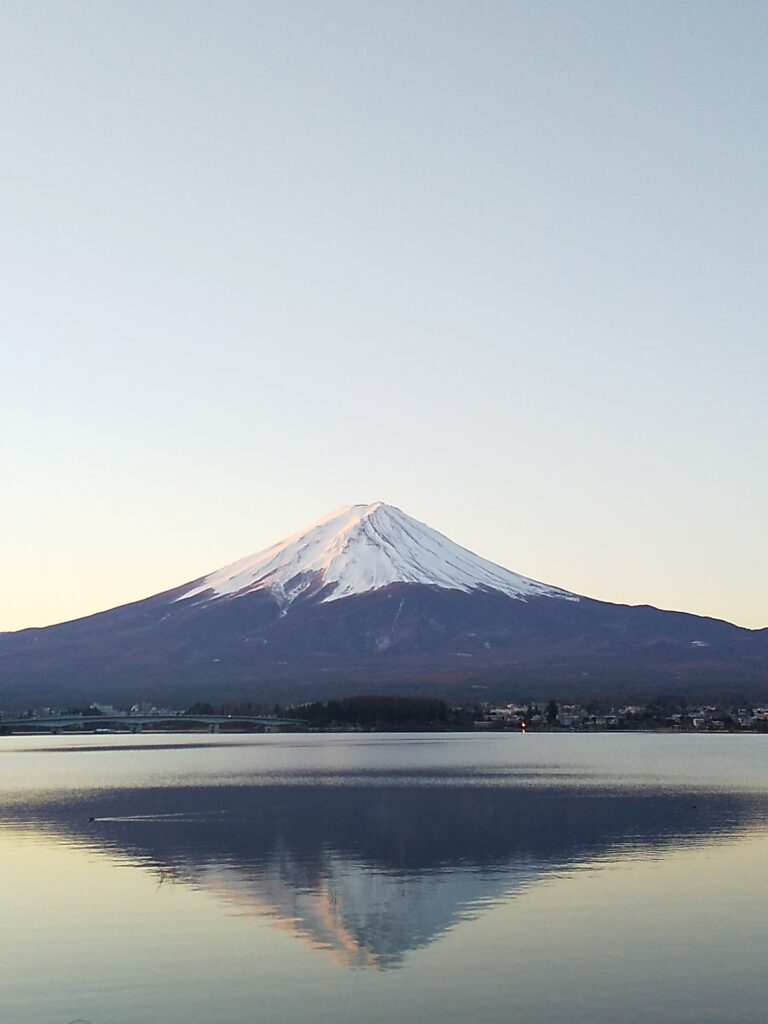
In addition to Fuji, the region boasts 20 of the country’s 22 mountains over 3000 metres in height and includes Japan’s three sacred mountains – Fuji, Tate and Haku.
2 / World-class skiing and snowboarding
With big mountains comes big snow and Central Japan boasts plenty of it. From December until March each year, the region is blanketed in deep powder snow at its heaviest in Nagano and Niigata.
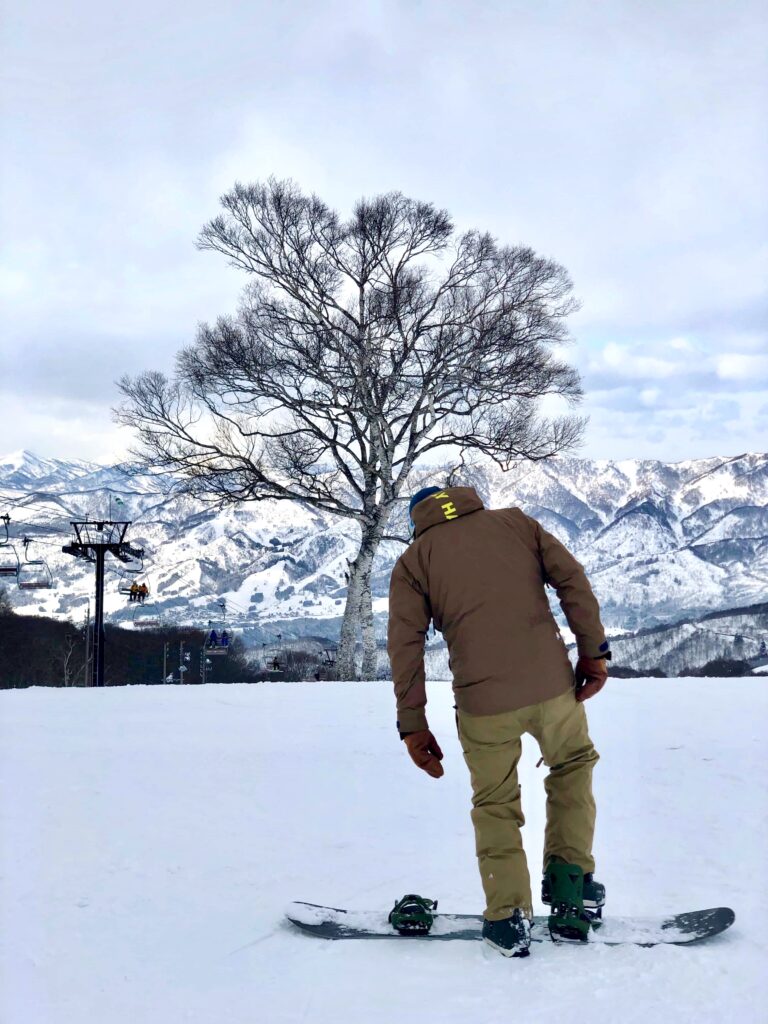
Nagano alone is home to around 80 ski resorts with many more spread through the bordering prefectures that make-up Central Japan.
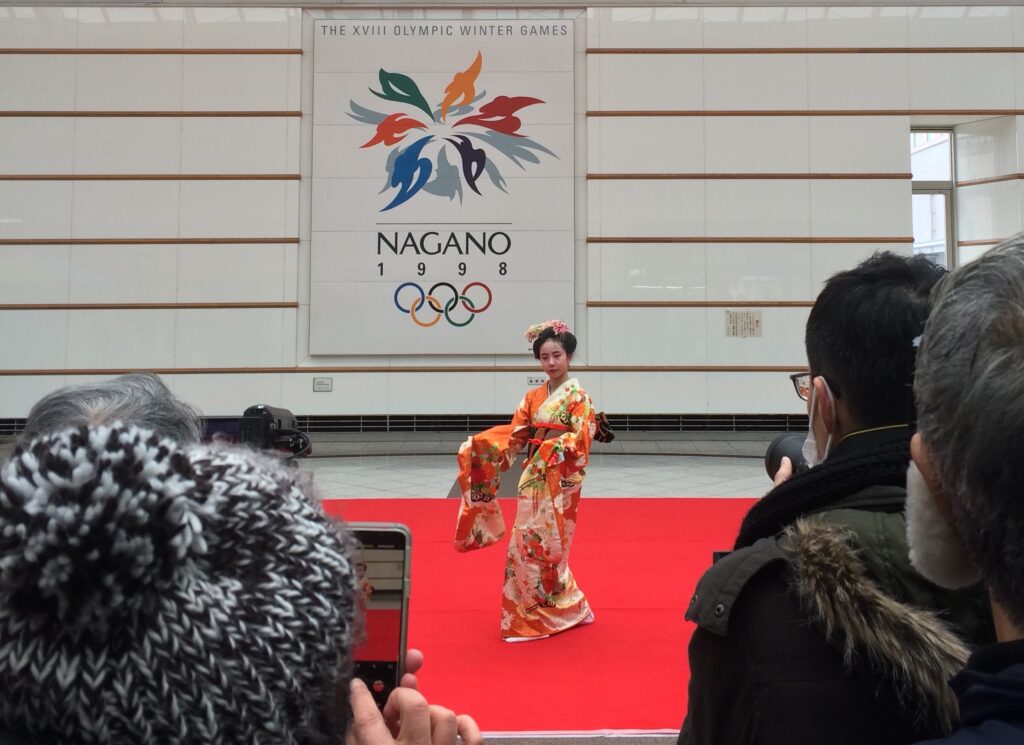
Host of the 1998 Winter Olympics, Nagano’s winter pedigree is well-known.
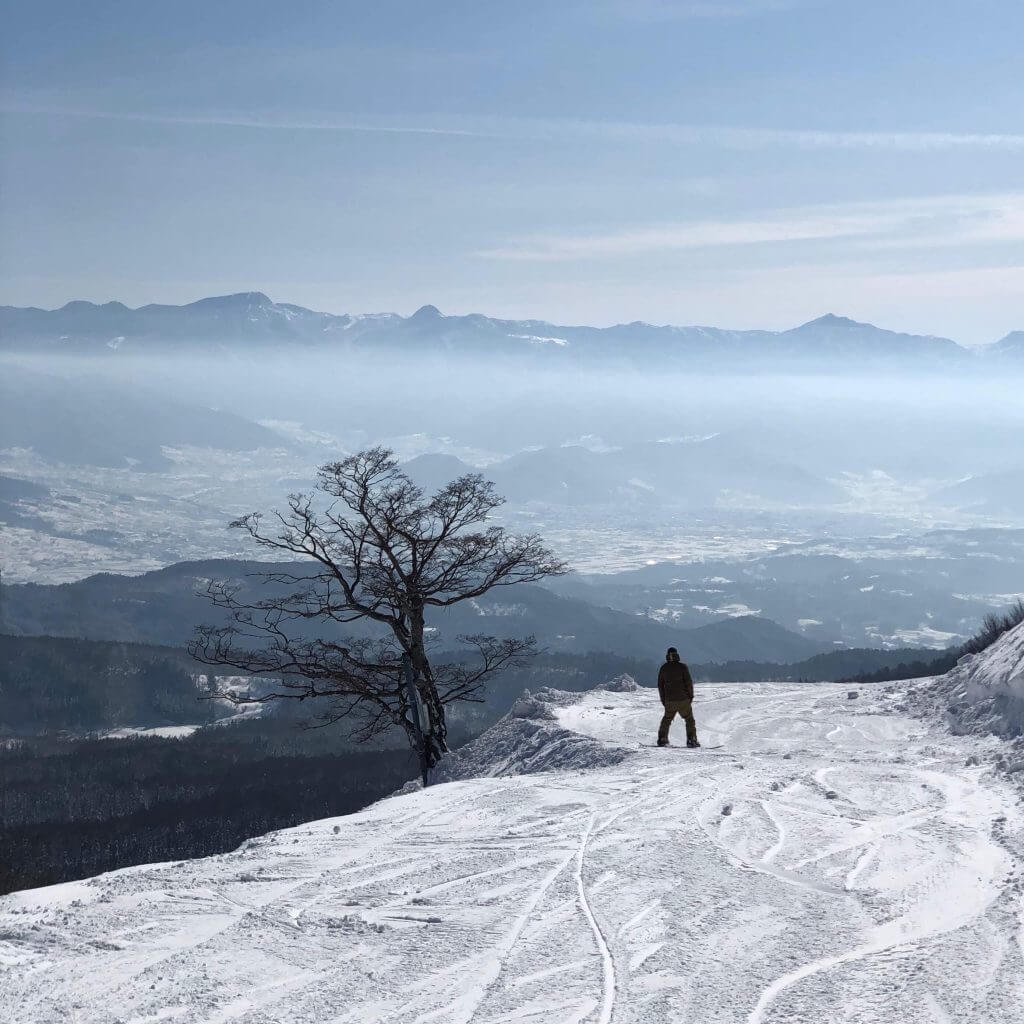
Running to and from Tokyo, the Hokuriku and Joetsu Shikansen Lines connect the capital and its surrounding airports, directly to the ski resorts of Nagano and Niigata.
3 / Some of Japan’s best hiking and mountaineering
Outside of winter, the mountains are just as big. Covered with lush forest and offering stunning vistas, Central Japan offers some of Japan’s best hiking and mountaineering.
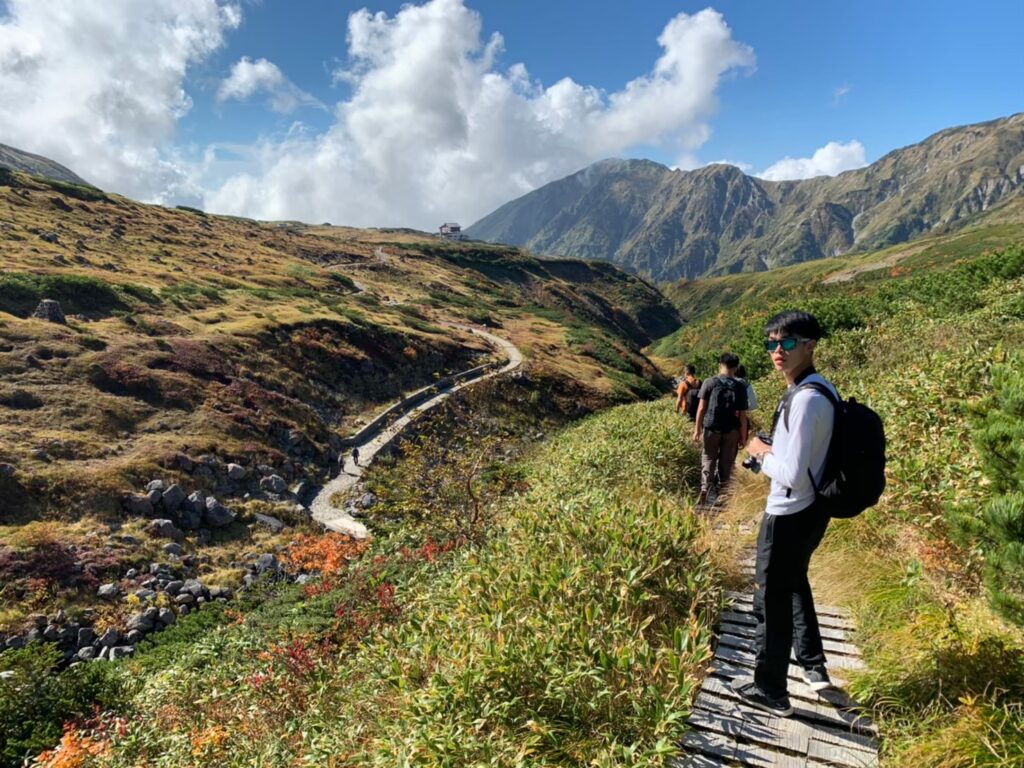
Three major mountain ranges – the Akaishi, Kiso and Hida mountains – are more commonly and collectively referred to simply as the ‘Japan Alps’, hinting at the dramatic and beautiful alpine landscape waiting to be explored from spring until autumn each year.
4 / Unique wildlife experiences
Nagano’s abundant nature means it home to an array of wildlife including – most famously – the hot spring-loving monkeys of Jigokudani.
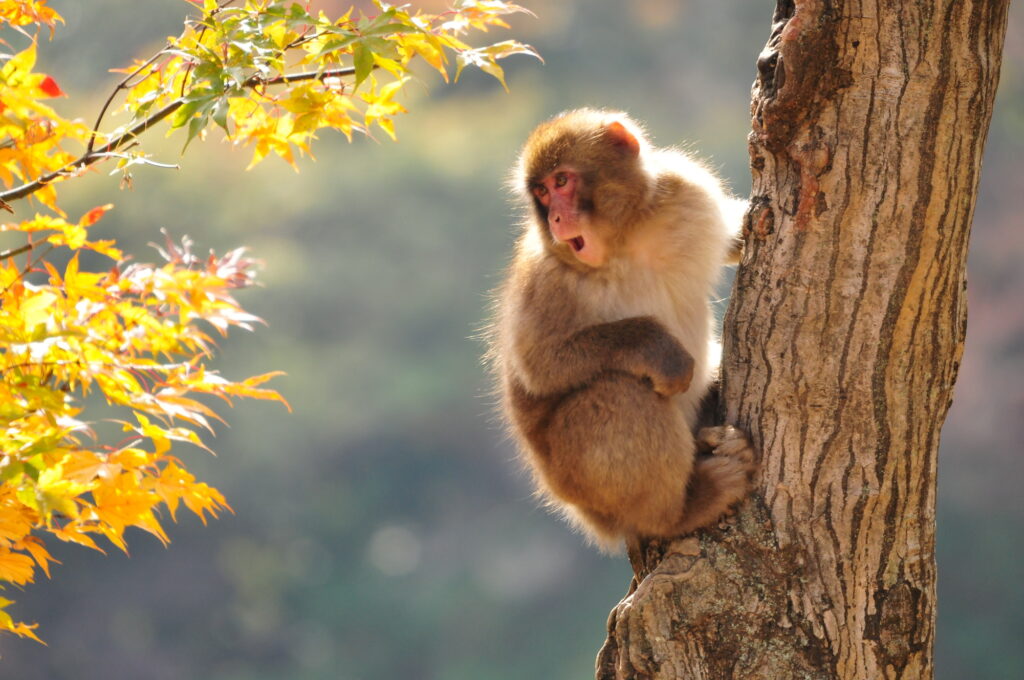
The mountains and forests of the region are home to an array of wildlife, living contently within Central Japan’s many pristine environments.
5 / Ancient temples, shrines and historic towns
Central Japan is home of some of Japan’s most ancient Buddhist temples and Shinto shrines, historic walking routes and beautifully preserved Edo Period towns.
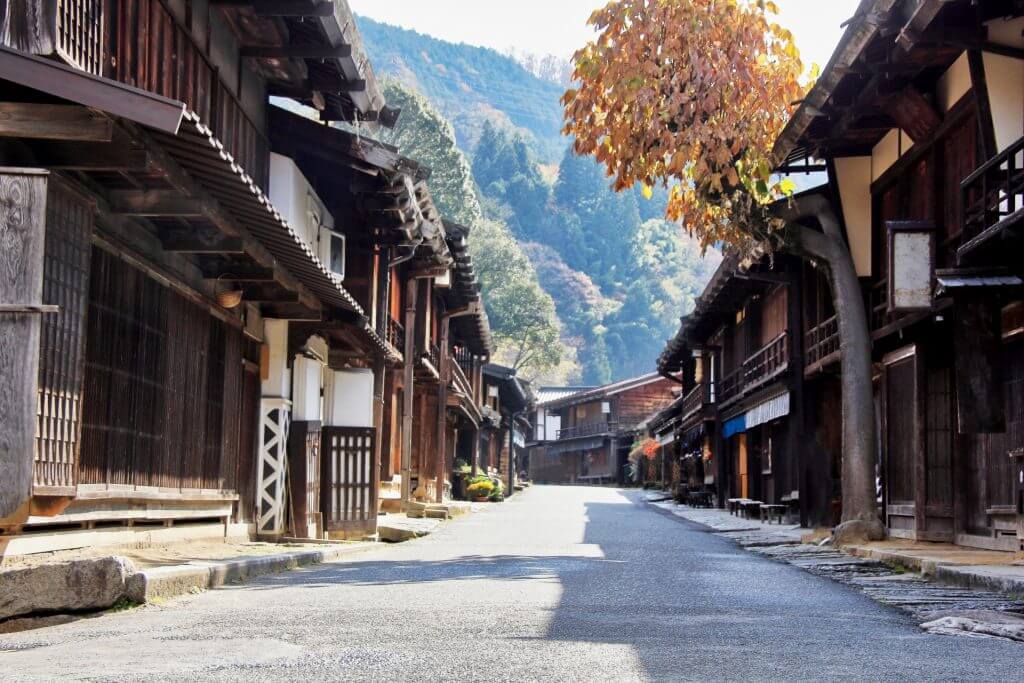
While not immune from development, the mountainous character of Japan’s interior means that time runs a little slower here and as such, the ancient and old survive and live on.
6 / Healing & relaxation in its famous hot spring towns
The mountains rising are the result of activity deep below; so too are the numerous hot springs of the region.
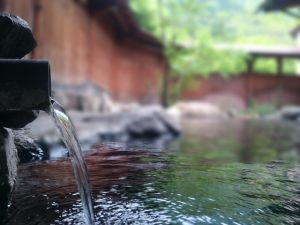
Known as ‘onsen’ in Japanese, Central Japan is home to some of the country’s most famous and enjoyable historic hot spring towns – many of which are sought-out for their curative effects or for pure relaxation.
7 / Abundant farmlands & some of Japan’s best food
Sitting in the fertile valleys between the mountains, fed by rivers which cascade down from the ranges above, the farms of Central Japan produce an array of delicious vegetables, fruit, rice and meat.
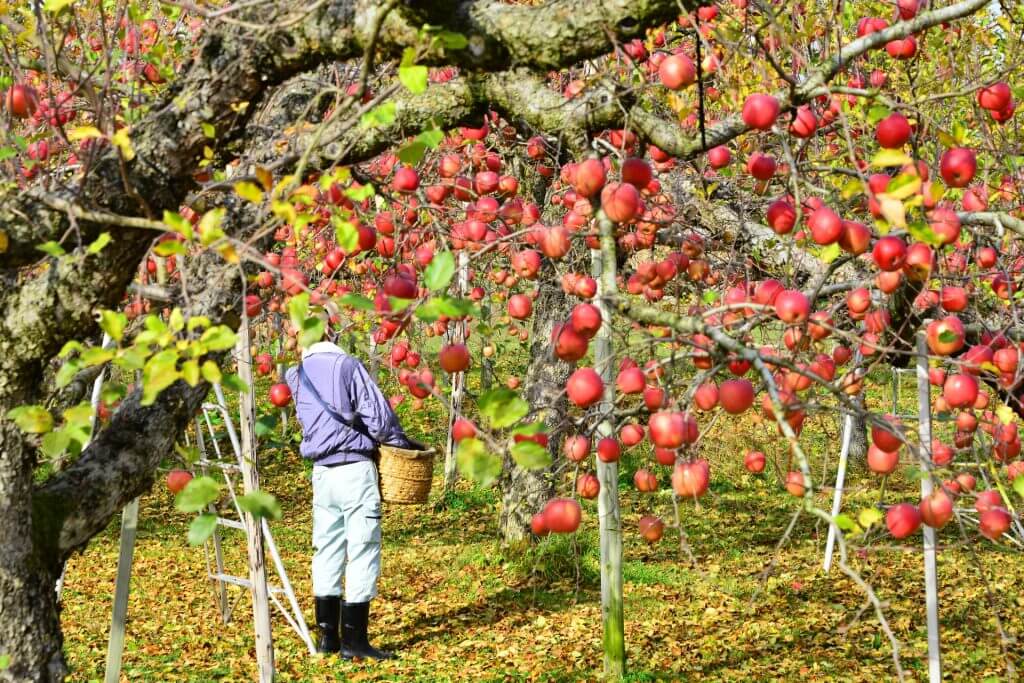
One of the great food bowls of Japan, make sure to seek-out the traditions and tastes that define the region.
8 / Indulgent seafood & coastal markets
When visiting Central Japan, make sure to head to the northern coast and the seaside markets of Ishikawa, Toyama and Niigata.

It is here that you’ll discover some of the world’s best seafood, caught in the fertile waters of the Sea of Japan.
9 / The seasonal beauty of its forests
Central Japan is blessed with verdant forests, best experienced on-foot. Walking the forest trails, you will discover the concept of ‘shinrin-yoku’ or ‘forest-bathing’, as the concerns of daily life are washed away.
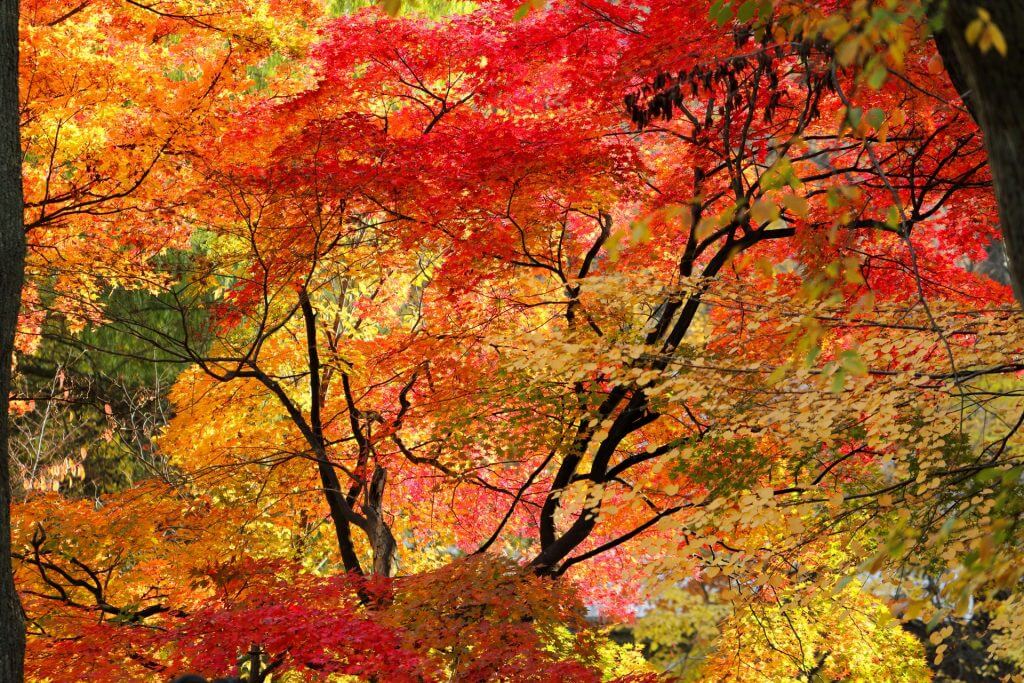
Japanese have longed believed in the healing properties of forests and there is no better way to enjoy the seasonal beauty of Central Japan – in particular the stunning colours of autumn – than by wandering through the purifying air of its ancient forests.
10 / A place of tradition, comfort & calm
Every country and culture has a national heartland – a place, often a landscape, which embodies the character of its people. Known as ‘satoyama’ in Japanese, that landscape lies outside the cities, in rural villages surrounded by rice fields, forests and mountains where tradition lives on.
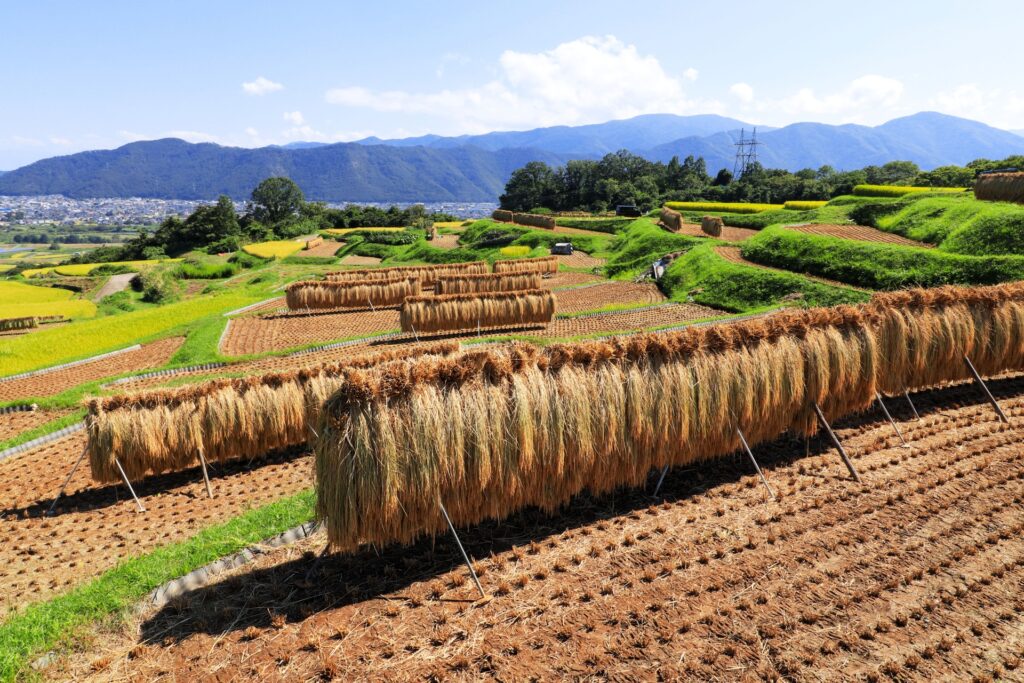
In many ways, the landscape and lifestyles of Nagano and Central Japan capture that spirit, living examples of satoyama and repositories of tradition.
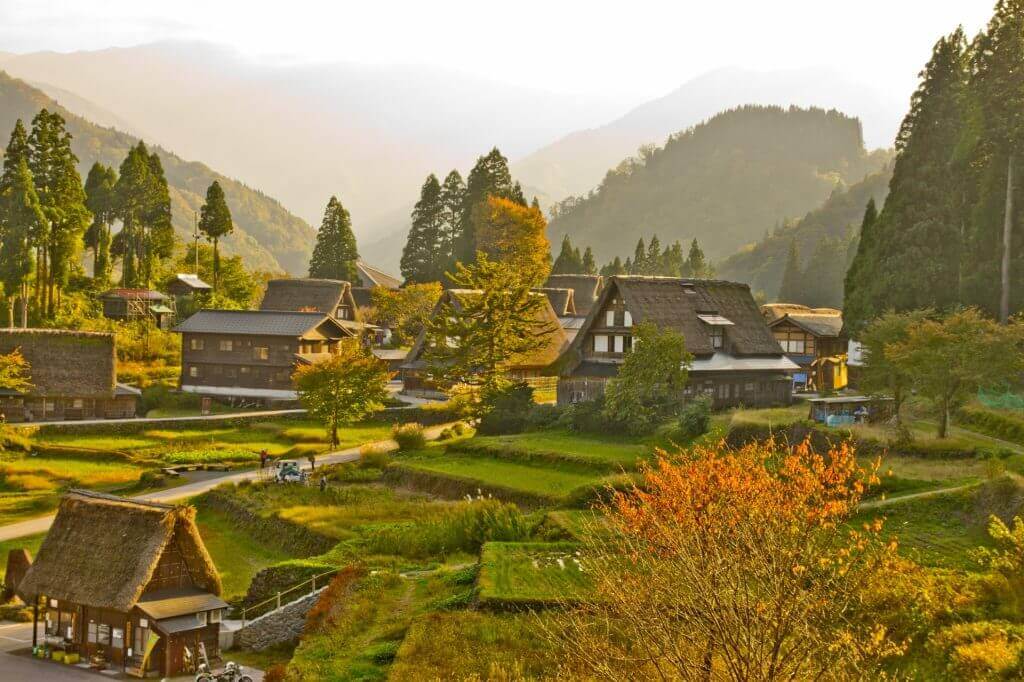
A visit to Central Japan is an escape from the city and the stress of daily life. It is here you can find the space to breathe, to walk and explore, to indulge and unwind in Japan’s mountainous heartland.
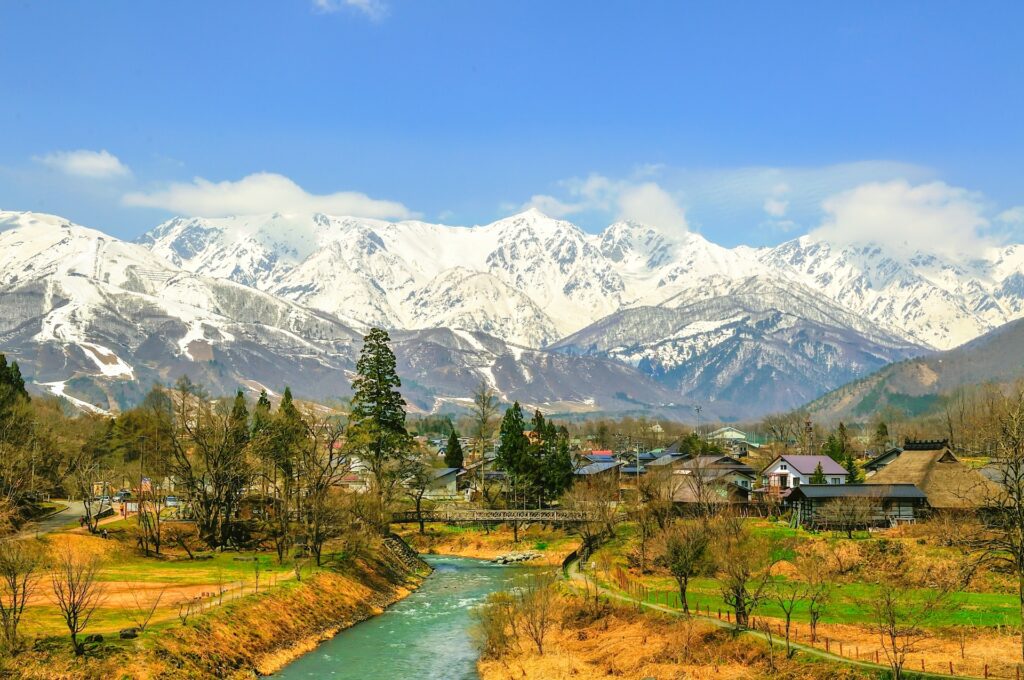
For further information including specific destinations in Central Japan, please refer to our ‘Recommended Outdoor Destinations’ page.
Snow Monkey Resorts: Nagano’s No.1 tour and charter operator
When planning and booking your trip to Central Japan, it’s important that you can do so with confidence that your intended destinations will be both enjoyable and safe. As Nagano’s No.1-rated tour and charter operator, we offer a range of services including group tours, private tours and private charters to help you get the most out of your time in the region.
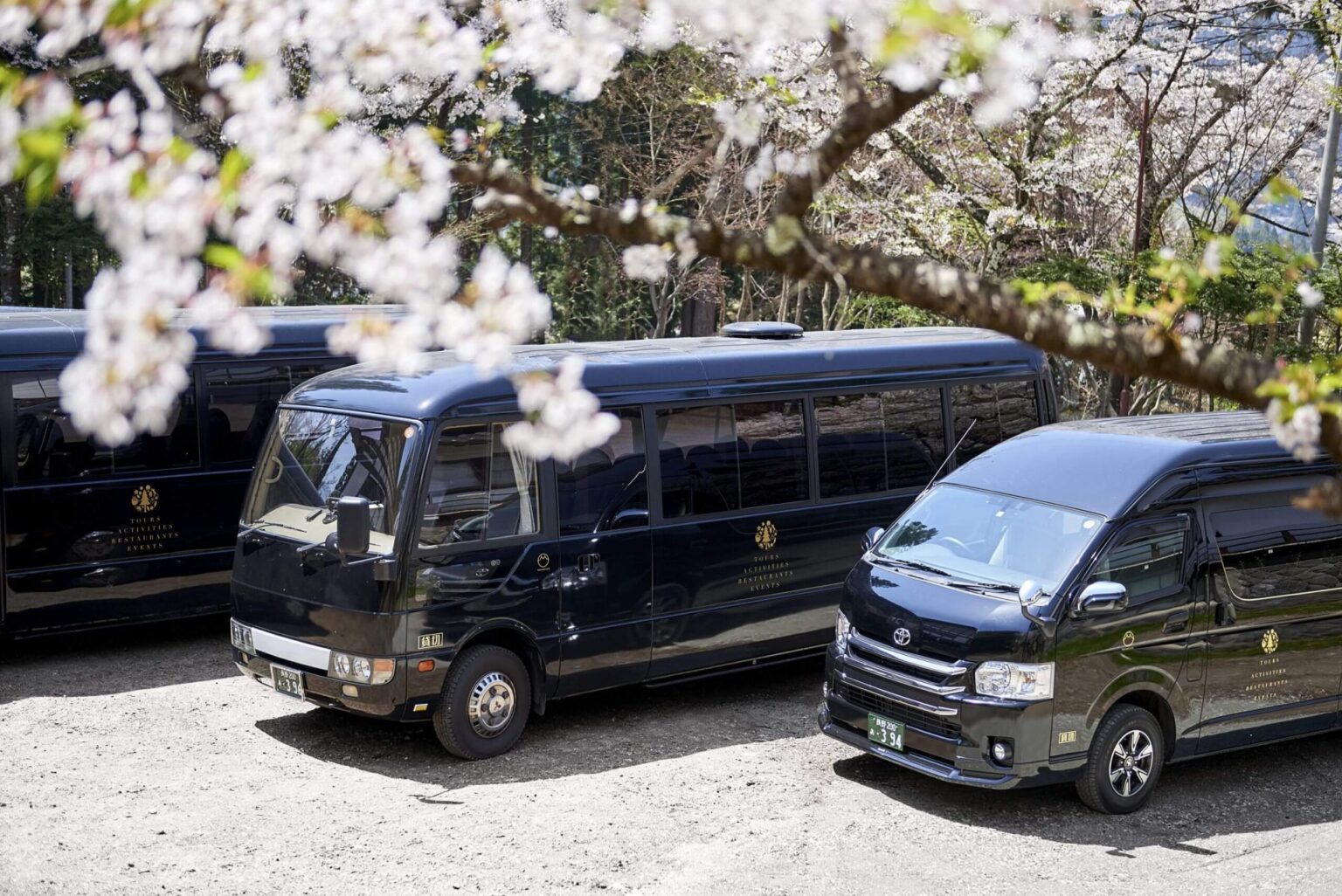
We can arrange transport to and from any destination in the region, with a customised itinerary to suit your travel needs. Our drivers and vehicles are fully certified, allowing us to transport you to and from any destination. Vehicles are fitted with a protective screen – separating the driver from passenger and luggage area – and our drivers wear protective masks, allowing you to move between your destinations in comfort and safety.
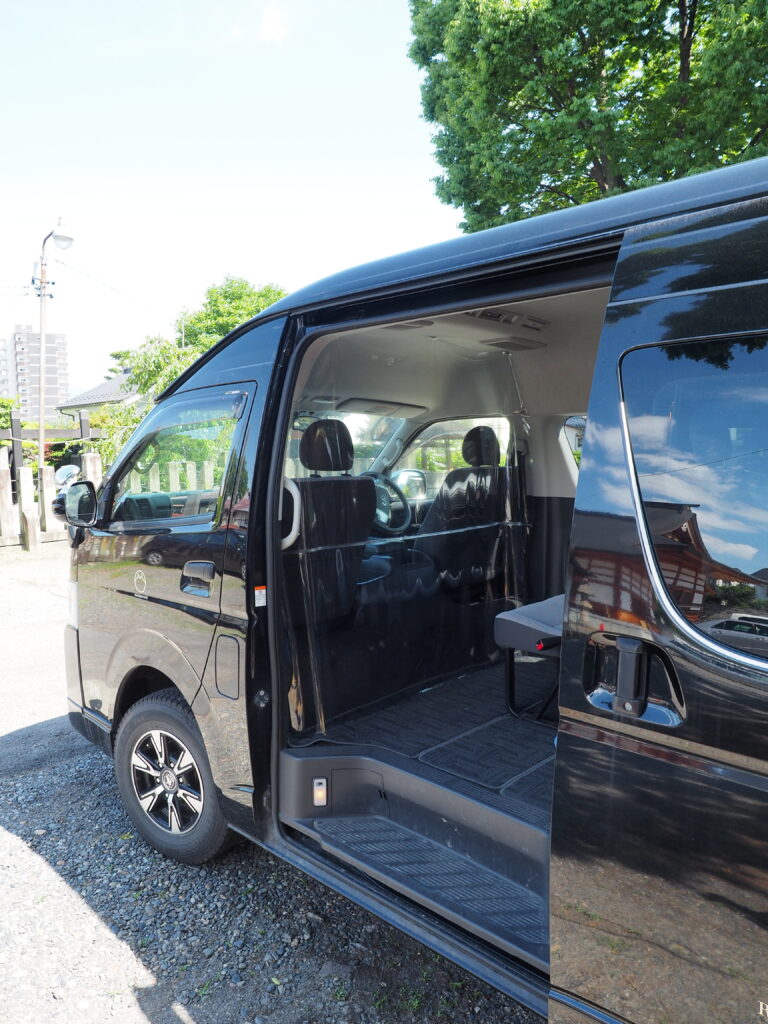
We can arrange both private tours with an English-speaking guide or a private charter, including a private vehicle and driver but without a guide.
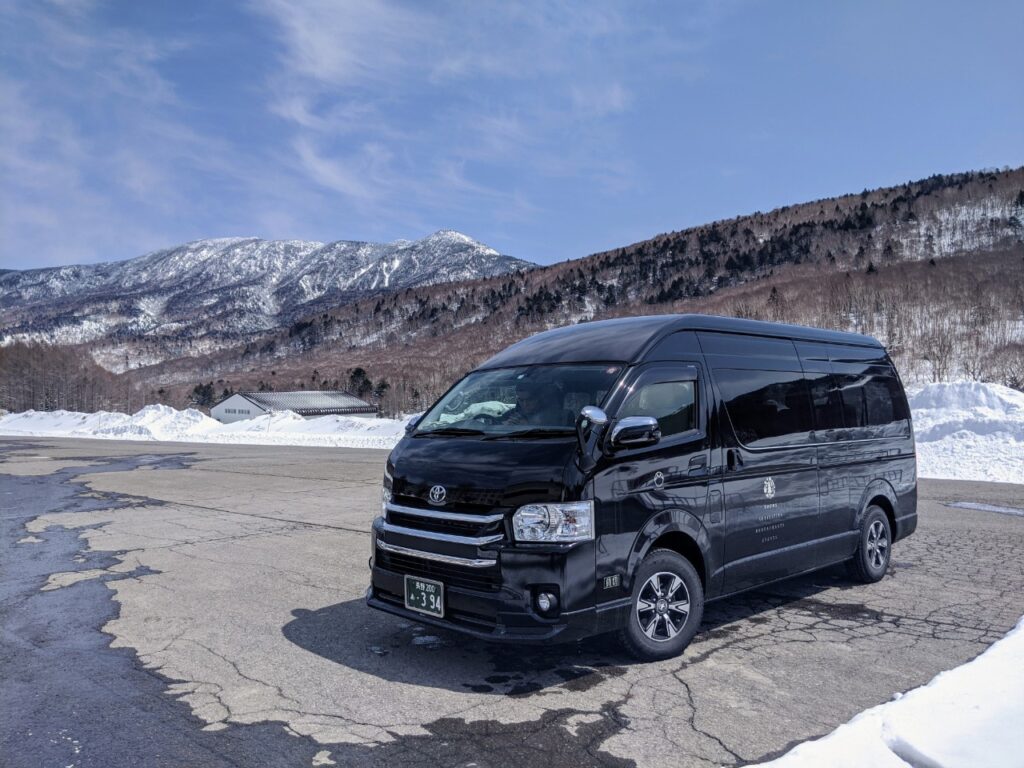
We’d love to be part of that experience and help you discover even more!
Why choose us?
Awarded a 2022 TripAdvisor Travelers’ Choice Award for our 1-Day Snow Monkeys, Zenko-ji Temple & Sake Tour – recognised as one of the Top 10 Experiences in Japan – we have the local knowledge and experience to help you get the most out of your time in Nagano and Central Japan.
Got a question about visiting Central Japan? Feel free to contact us and let’s get planning together!




